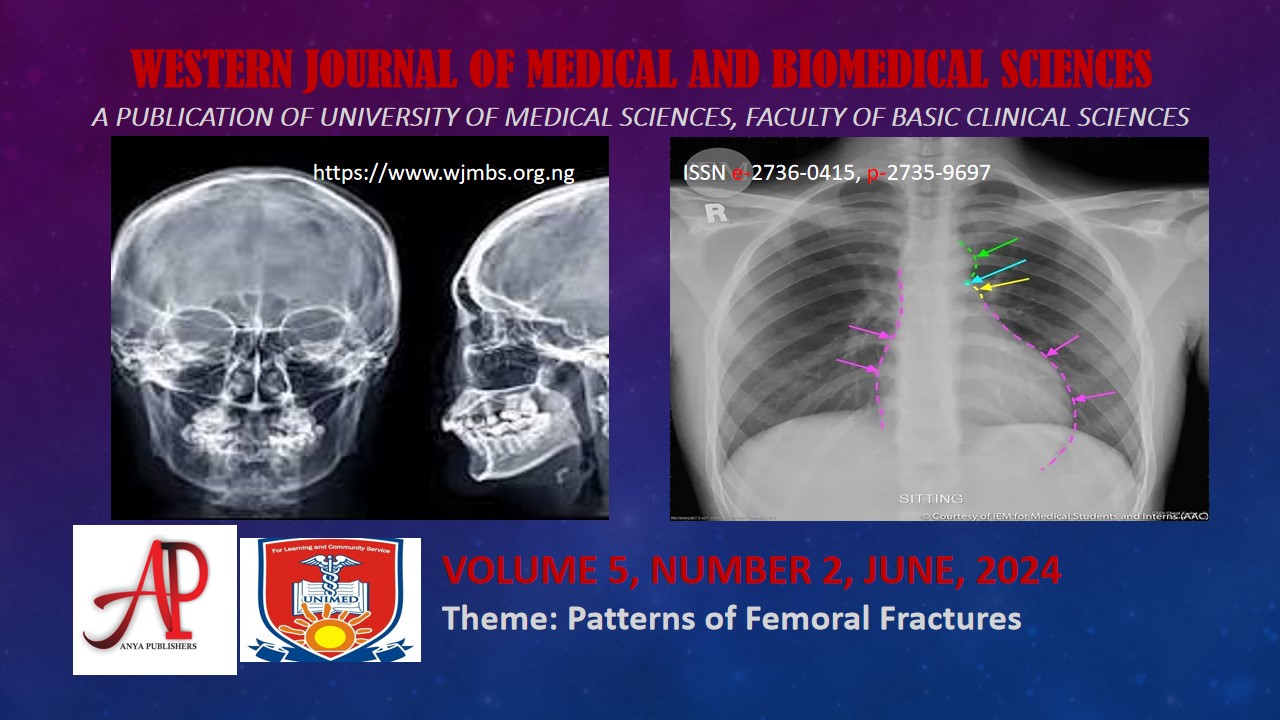Evaluation of Antimicrobial Prescribing Patterns and Practices in AState Specialist Hospital in AResource-PoorCountry
Keywords:
Antibiotics, Antimicrobial, Global-PPS, Guidelines, Inappropriate, Misuse, Quality indicators, Resistance, StewardshipAbstract
Basic knowledge of the prescribing patterns of antibiotics and practices among the prescribers within the healthcare setting are to reveal the extent of inappropriateness that needs coordinated interventions. To obtain this baseline information for antimicrobial stewardship, a uniformly standardized method for surveillance of antibiotic use in the hospital was employed to assess the antimicrobial prescribing practices among the prescribers in a State Specialist hospital, Southwest, Nigeria through repeated point prevalence surveys (PPS). This study aimed to assess the antimicrobial prescribing practices and pattern of antibiotics used in the hospital.A point prevalence survey (PPS) was conducted in all the hospital wards in November2017 and 2019. It included all inpatients receiving an antimicrobial on the day of surveys. Data collected included age, gender, antimicrobial agents, microbiological data, compliance to guidelines, and documentation of reasons and stop/review date of the prescriptions. A web-based application was used for data entry, validation and reporting. One hundred and sixty four patients were surveyed; seventy nine and eighty five in 2017 and 2019 respectively, of which 122 (74.4%) were on antimicrobials.Antimicrobial prevalence rates in hospital were 79.7% and 64.4% for the period 2017 and 2019 respectively. Most patients were on multiple antibiotics, 38(64%) in 2019 and 35(55.5%) in 2017. Choice of therapy were mainly empiric. The most frequently prescribed antibiotics were metronidazole 59(24.5%), ceftriaxone 35(14.5%), cefuroxime 31(12.9%), and ciprofloxacin 16(6.6%). The antimicrobial prescribing patterns in this hospital and the quality indicators showed a tendency for inappropriate antibiotic use. There is a need for development and use of evidence based antibiotic guidelines and institution of a formal Antimicrobial Stewardship Program in the hospital.

